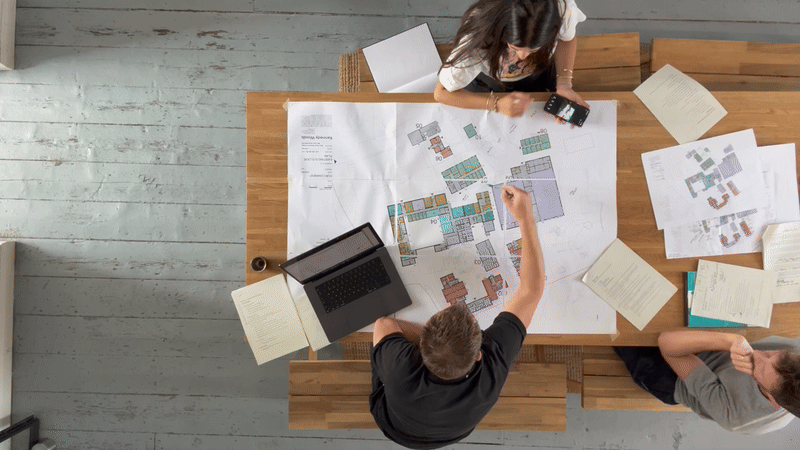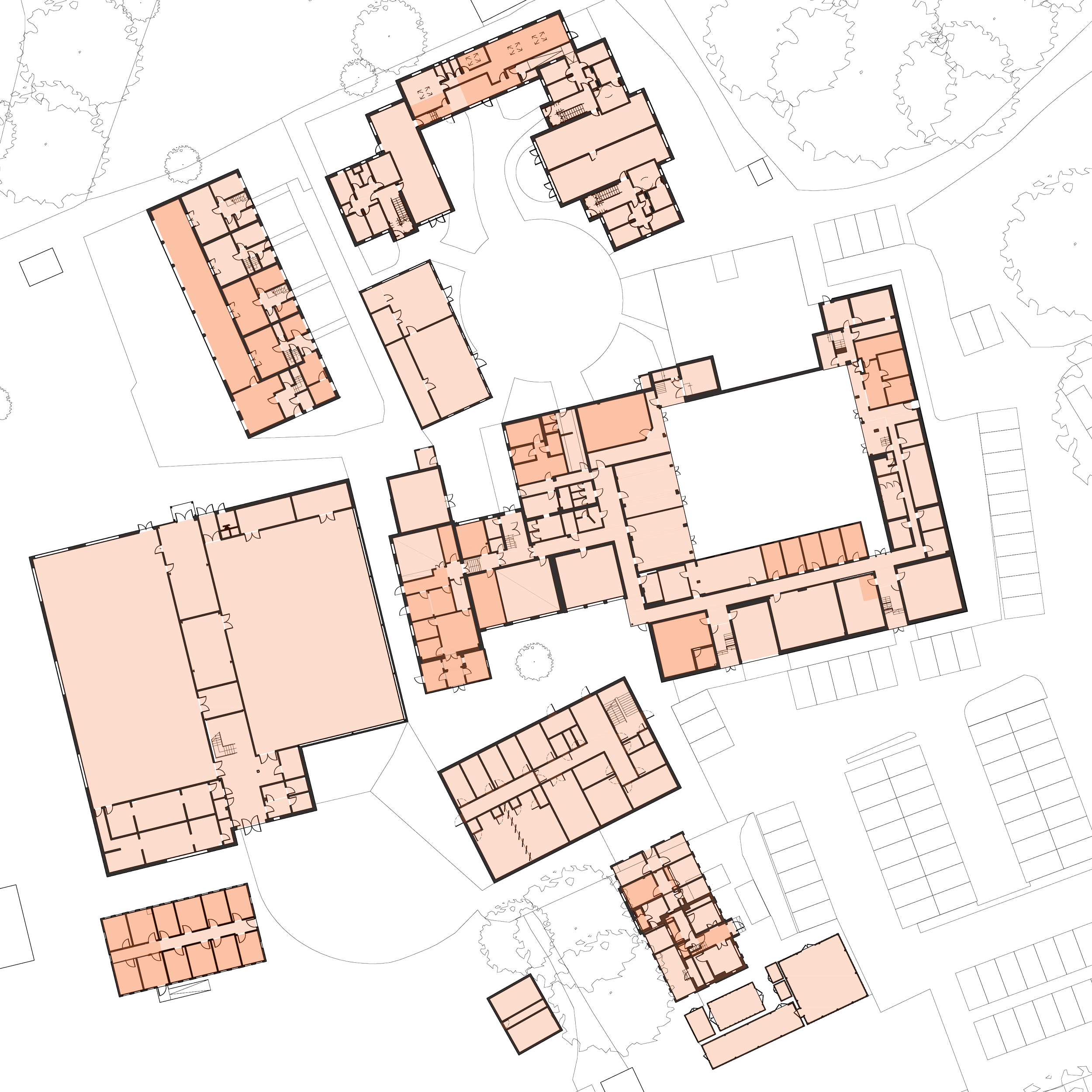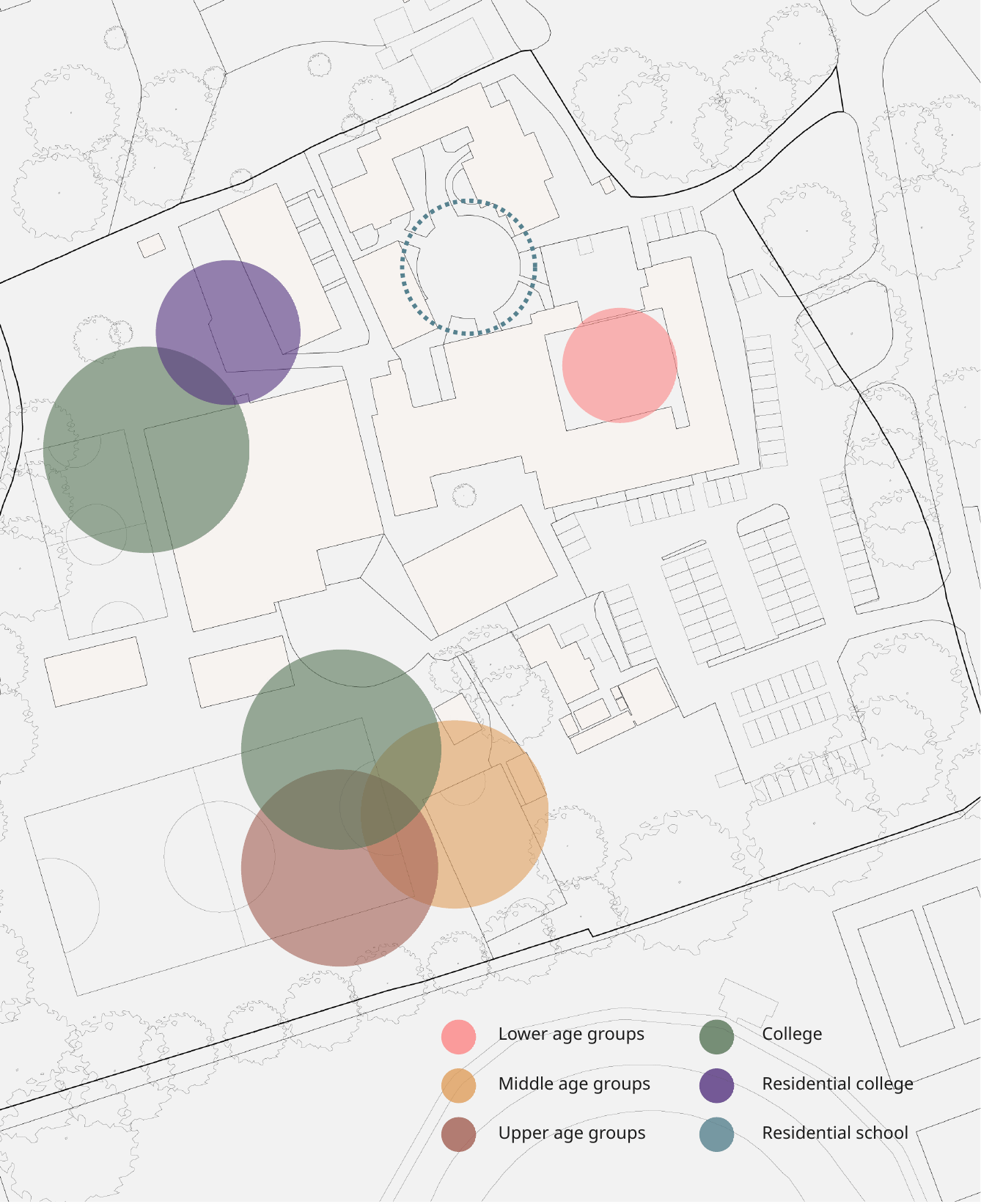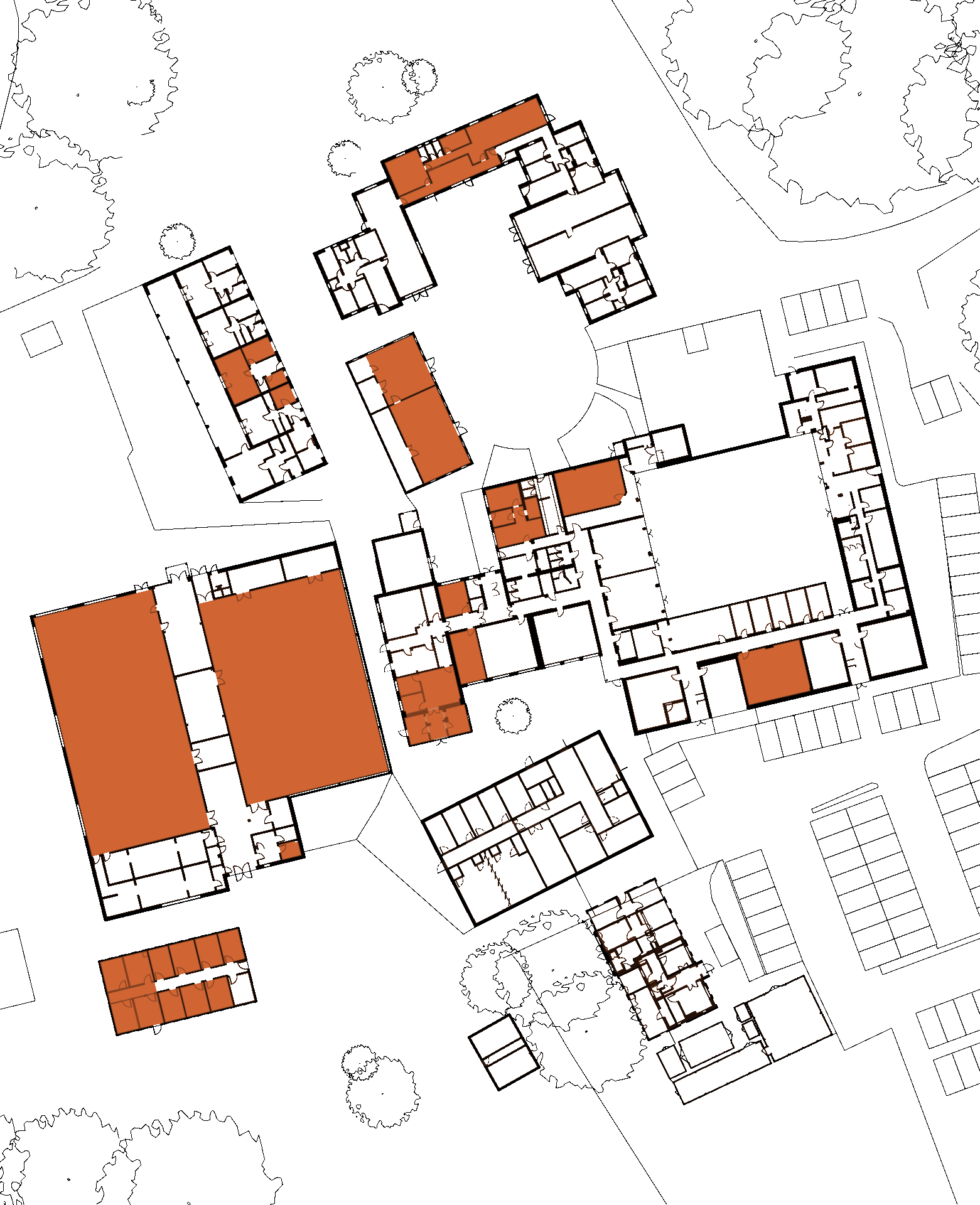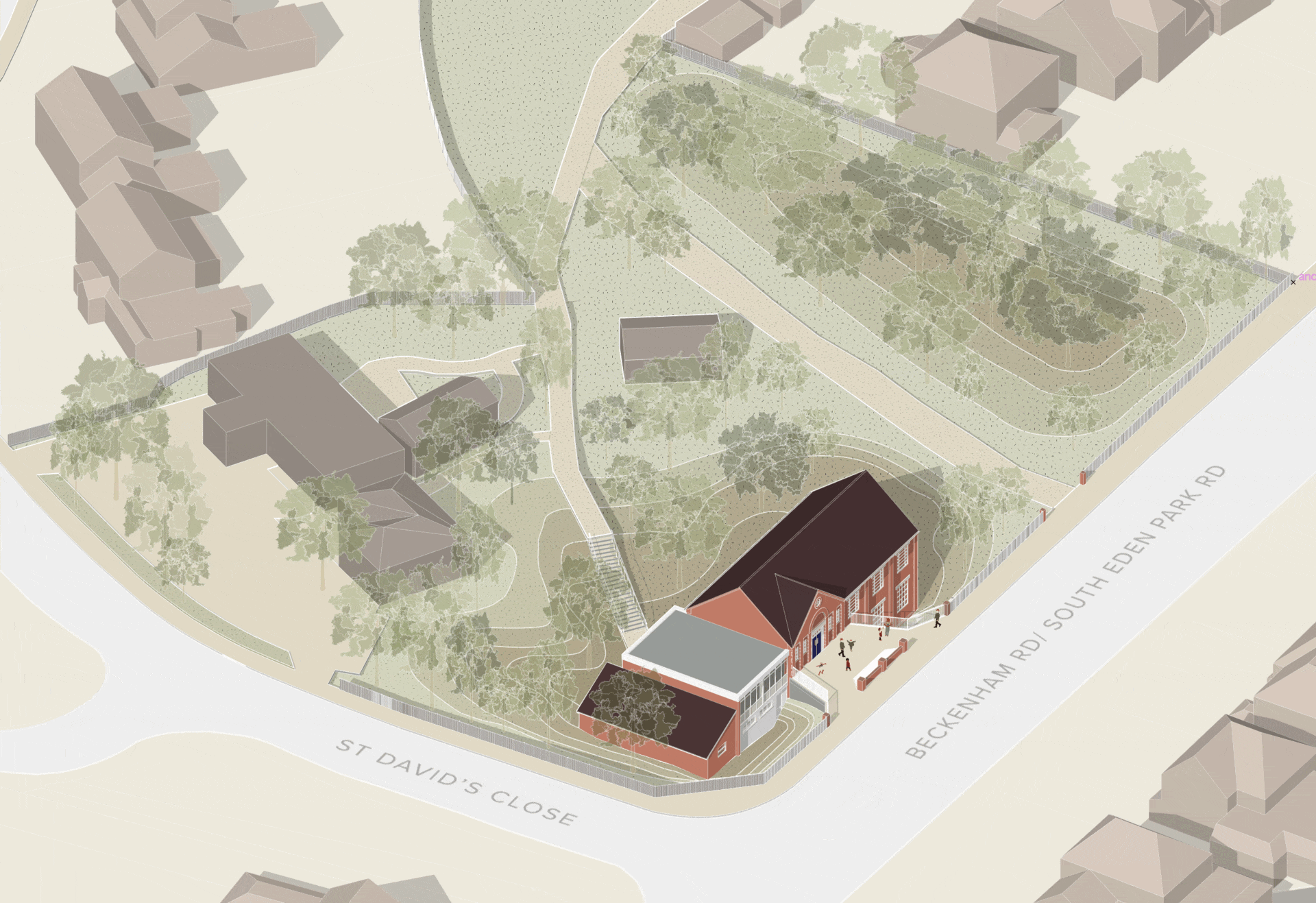Masterplanning
Schools are living ecosystems.
Each year brings a new mix of students, staff, and families, reshaping the character of the community. No two years are alike.
Amid this continuous change, architecture offers a rare permanence. It frames every lesson, gathering, and transition, quietly shaping the rhythm of daily life.
A masterplan is a school’s chance to pause, to step back from short-term fixes and ask a simple but demanding question: Where do we want to be in ten years?
Project goals
At the outset, we meet with your Senior Leadership Team to agree on a clear project scope and set of strategic goals.
BIG AND BOLD
A masterplan can be a big-picture vision, where a school pauses the pattern of short-term hacks and patches to ask, “Where do we want to be in 10 years?” …
Ideal for:
10-year planning
Identifying legacy projects
Site reconfiguration
Transition to co-ed or mergers
SMALL AND SMART
A masterplan can also be tactical and forensic, focused on finding cost-effective interventions and improvements that add up to change over time.
Ideal for:
Constrained sites
Limited budgets
Post-VAT challenges
Building financial resilience
Fieldwork
Design starts with listening.
Fieldwork is the time we spend on site, observing how life actually unfolds at your school.
It’s empathy in practice: stepping into others’ shoes to see opportunities and challenges from their perspective.
Fieldwork involves
Staff interviews
Parent interviews
Focus groups
Pupil engagement activities
Shadowing
Site Analysis
Back in the studio, architects pore over site survey information, maps, and macro data to spot opportunities that aren’t always visible on the ground.
Combined with what we learn on site, this bigger picture perspective enriches our understanding and helps reveal patterns, constraints, and possibilities that shape the masterplan.
Site Analysis involves:
Layout reviews
SWOT analysis
Occupancy evaluation
Site surveys
Design
Design is a constant, cyclical process of exploration followed by evaluation.
We start by going wide—asking “What if? What if? What if?”—and generating a wide range of potential ideas.
Then we cut back in, evaluating and stress-testing our ideas with ruthless data modelling.
Design involves:
Capacity studies
Reorganisation studies
Scenario modelling
Refurbishment proposals
Storytelling
A masterplan only succeeds if it is communicated with clarity and conviction—through storytelling, imagery, and film.
Done right, it can inspire a school community not just to see the future, but to believe in it together.
Storytelling involves:
Cost planning
Phasing and programming
Fundraising efforts
Future planning applications
Community engagement
What comes after?
A masterplan sets the direction, but the real test comes next: turning vision into reality.
We work with schools not only to plan but to build - helping translate strategy into bricks and mortar.
Project delivery involves
Architectural Services
Interior Design
Planning Permission
Contract Administration
Let’s get to work
Our vision is a world where the design of every school sparks courage, compassion and curiosity.
If this gets you fired up, we invite you to book an introductory workshop with the design team.

